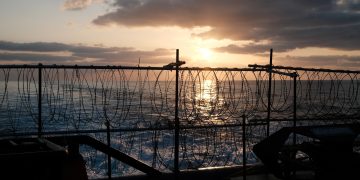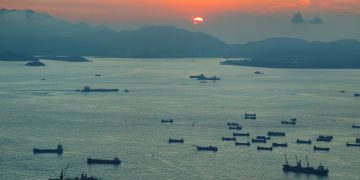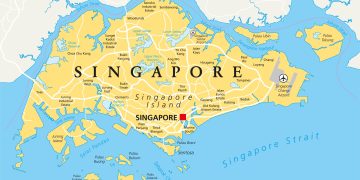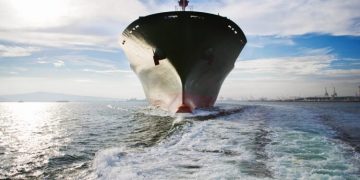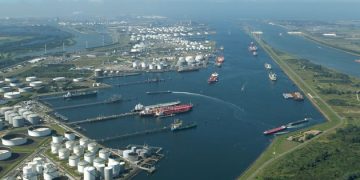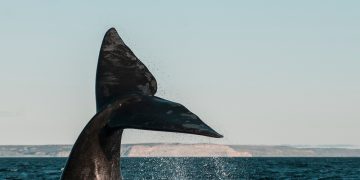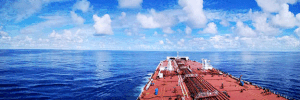 Arctic sea ice extent declined at a fairly rapid rate through the first three weeks of July, but the loss rate then slowed due to a shift in weather patterns.
Arctic sea ice extent declined at a fairly rapid rate through the first three weeks of July, but the loss rate then slowed due to a shift in weather patterns.
In Antarctica, the advance of sea ice nearly halted for about a week in early July, and then resumed. At the end of the month, Antarctic extent was at or near a record high for this time of year.
July 2014 average ice extent was 8.25 million square kilometers (3.19 million square miles). This is 1.85 million square kilometers (714,000 square miles) below the 1981 to 2010 average for the month.
Ice extent is below average in nearly all sectors of the Arctic. Open water continued to grow in the Laptev and Beaufort Seas, reaching well north of 80oN in the Laptev Sea. By the end of the month, the Alaskan Coast was essentially free of ice except for small patches of very diffuse ice off Barrow.
The Barents Sea, Hudson Bay, and Baffin Bay/Davis Strait are now essentially ice free. Large areas of low concentration ice in the central Beaufort Sea are likely to melt out in coming weeks. The Northwest Passage through the channels of the Canadian Arctic Archipelago remains choked with ice. Parts of the Northern Sea Route are still difficult to traverse because of high-concentration, near-shore ice between the Laptev and East Siberian seas and also north of the Taymyr Peninsula.
Source: NSIDC
For more information about Arctic ice extend please click here.
In the origin, I was explicit with you propecia before and after has changed my existence. It has become much more fun, and now I have to run. Just as it is improbable to sit.






